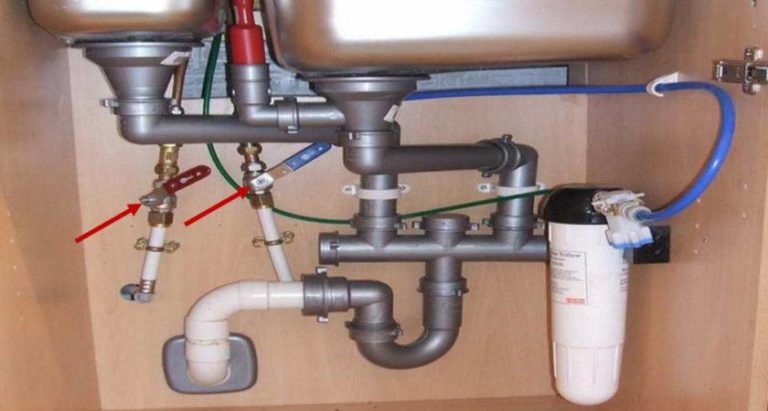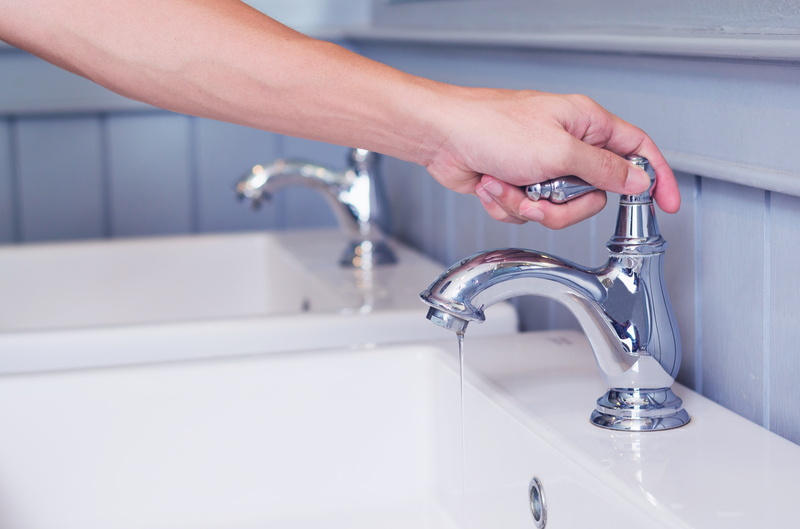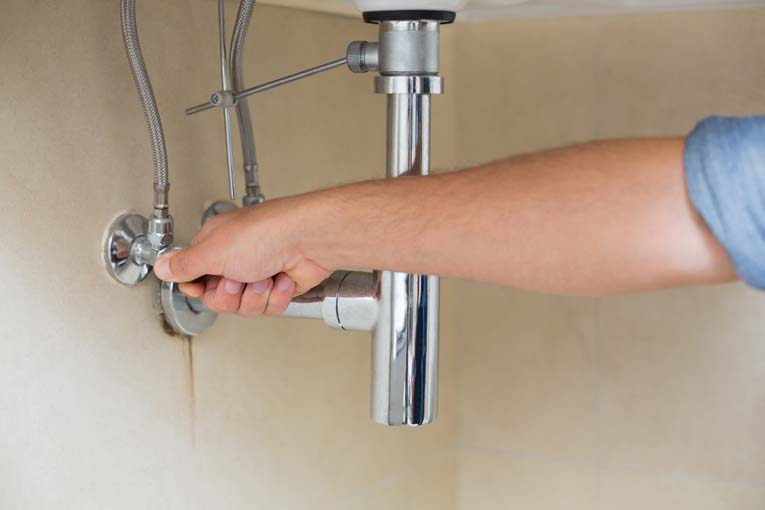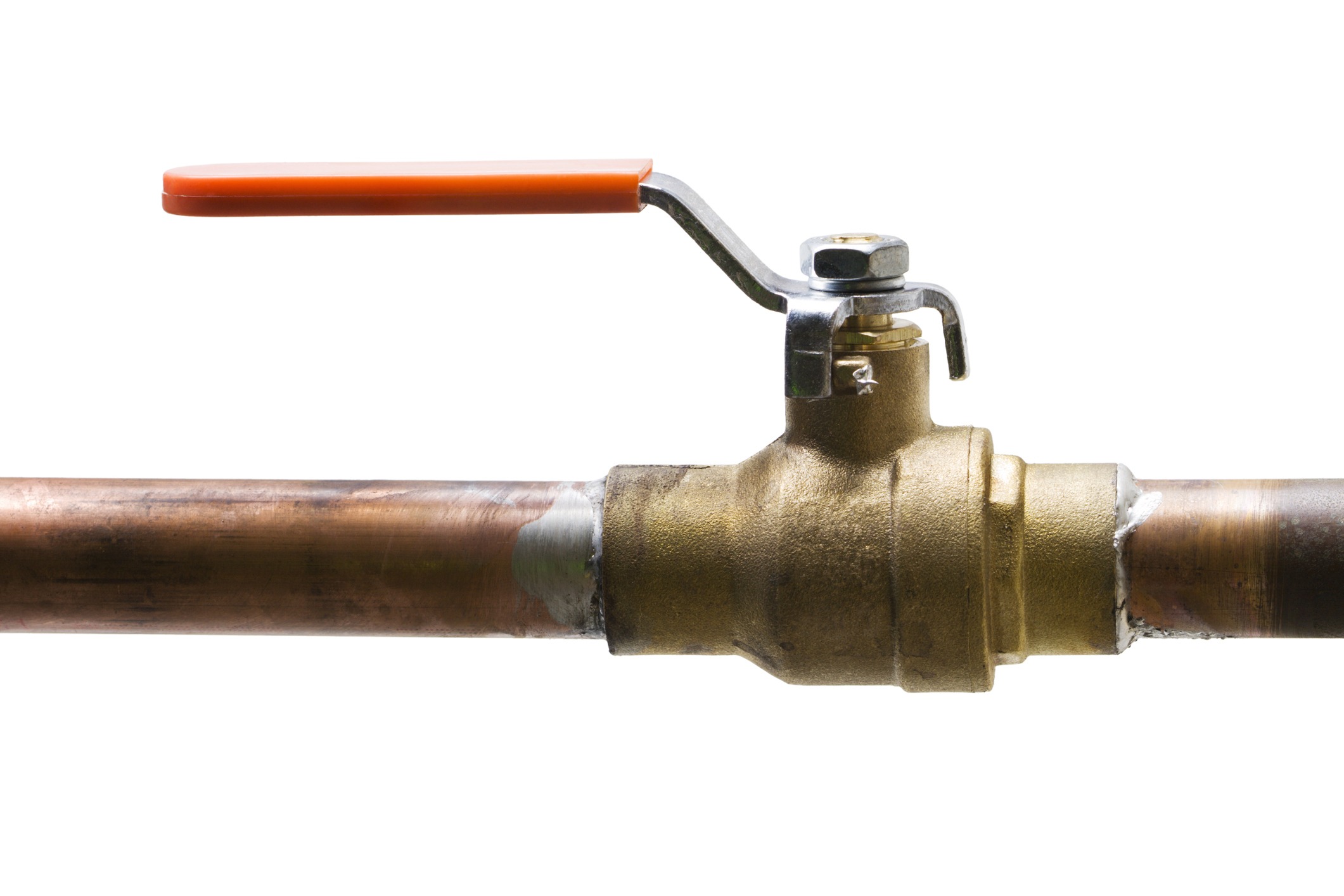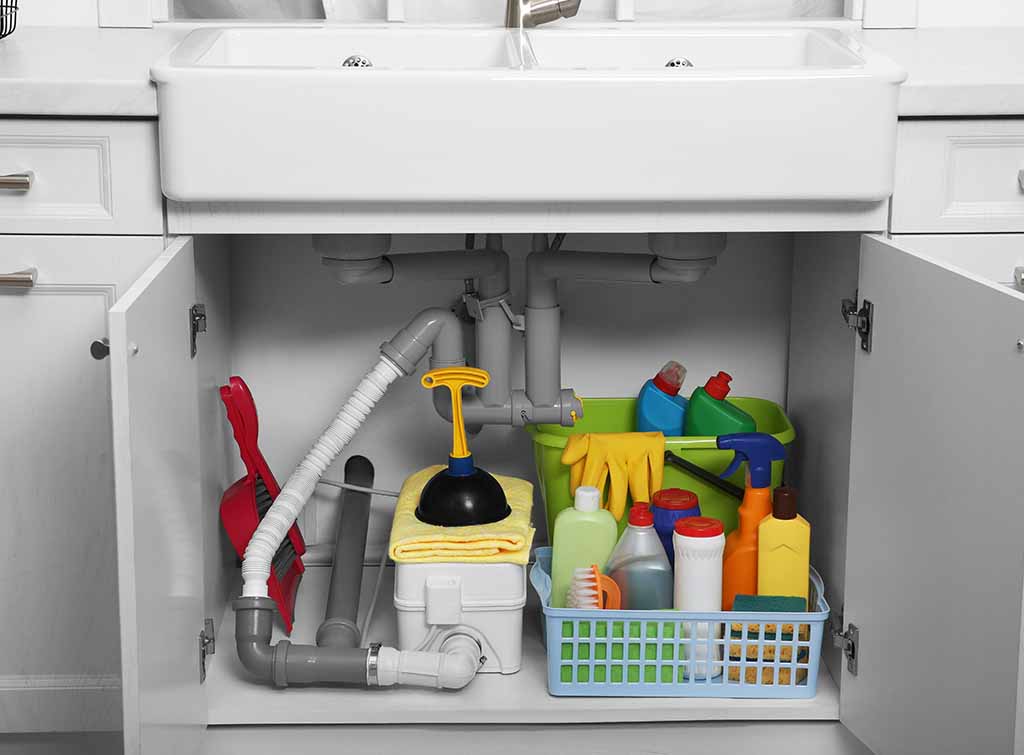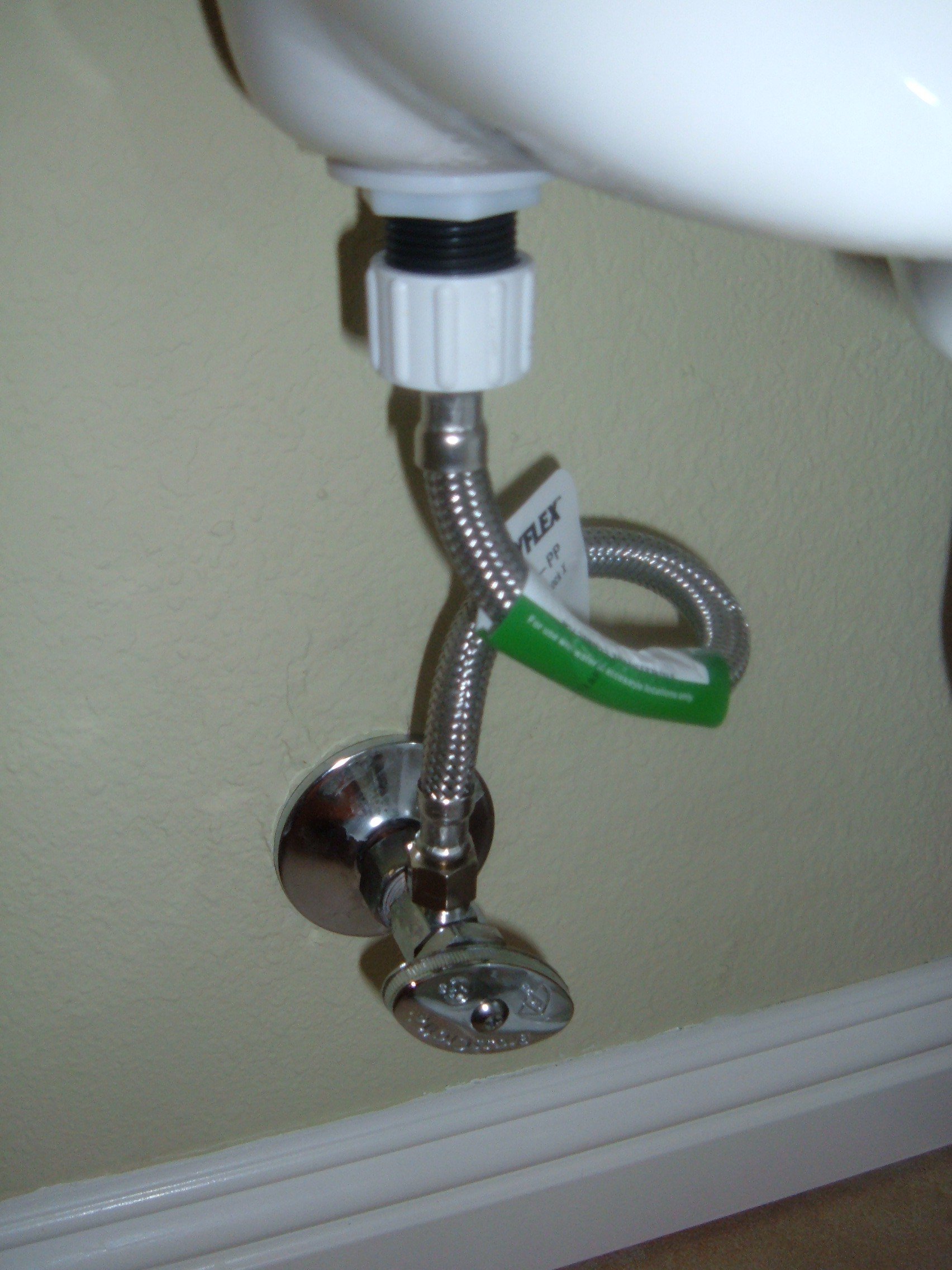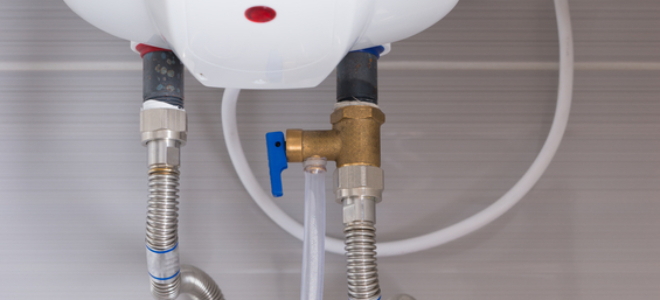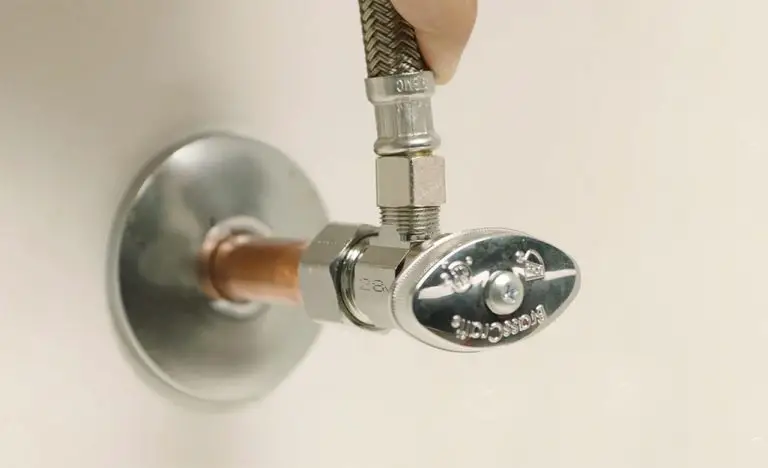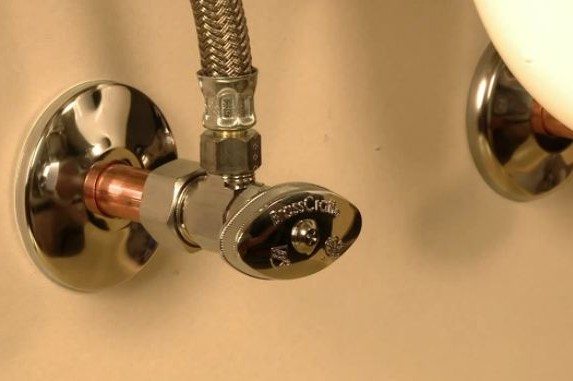When it comes to plumbing, shut off valves are an essential component for any fixture, and bathroom sinks are no exception. These small but mighty valves play a crucial role in controlling the flow of water to your sink, making them an important part of your plumbing system. In this article, we will explore the top 10 reasons why bathroom sinks should have shut off valves. Importance of Shut Off Valves for Bathroom Sinks
If your bathroom sink does not have shut off valves already installed, it is relatively easy to add them. This task can be completed in just a few simple steps, and it is a great way to make your plumbing system more efficient. You can either hire a professional plumber to install the shut off valves, or you can do it yourself if you have some basic plumbing knowledge. How to Install Shut Off Valves for Bathroom Sinks
There are several benefits to having shut off valves for your bathroom sink. Firstly, it allows you to easily turn off the water supply to your sink if you need to make repairs or replace any fixtures. This can save you time and money by preventing water damage and the need for emergency plumbing services. Additionally, shut off valves can help conserve water by allowing you to control the flow to your sink, reducing unnecessary water usage. Benefits of Having Shut Off Valves for Bathroom Sinks
There are several types of shut off valves available for bathroom sinks, including compression valves, ball valves, and gate valves. Compression valves are the most common and are typically used for smaller fixtures like sinks. Ball valves are more durable and are often used for larger fixtures like toilets. Gate valves, on the other hand, are best for controlling larger volumes of water and are commonly used for main water shut off valves. Types of Shut Off Valves for Bathroom Sinks
If your shut off valves are old or faulty, they may need to be replaced. This can be a simple DIY project, but it's important to have the right tools and knowledge to do it properly. The first step is to turn off the water supply to your sink, then remove the old shut off valves and replace them with new ones. If you are unsure about the process, it's best to consult a professional plumber. How to Replace Shut Off Valves for Bathroom Sinks
Like any plumbing component, shut off valves can experience issues over time. Some common problems include leaks, corrosion, and difficulty turning the valve on or off. It's essential to regularly check your shut off valves for any signs of wear and tear and address any issues as soon as possible to prevent further damage. Common Problems with Bathroom Sink Shut Off Valves
In some cases, your bathroom sink may not have a shut off valve. If this is the case, you can still turn off the water supply to your sink by shutting off the main water supply to your house. This can be done at the main shut off valve, which is usually located near the water meter. However, it's best to have shut off valves for each individual fixture to make repairs and maintenance more manageable. How to Turn Off Water to Bathroom Sink Without Shut Off Valve
As mentioned earlier, shut off valves can experience problems over time, so it's crucial to regularly check them for any issues. This can help prevent costly repairs or emergency plumbing services down the road. Additionally, checking your shut off valves can also help you identify any potential leaks or water wastage, allowing you to address them promptly. Importance of Regularly Checking Shut Off Valves for Bathroom Sinks
If you have a leaking shut off valve for your bathroom sink, it's essential to address the issue as soon as possible to prevent water damage. The first step is to shut off the water supply to your sink, then use a wrench to tighten any loose connections. If the valve continues to leak, it may need to be replaced. Again, it's best to consult a professional plumber if you are unsure how to fix the issue. How to Fix a Leaking Shut Off Valve for Bathroom Sink
To ensure your shut off valves continue to function properly, it's essential to maintain them regularly. This includes checking for any leaks or corrosion, lubricating the valve to keep it moving smoothly, and ensuring the connections are tight. It's also a good idea to turn the valves on and off periodically to prevent them from seizing up. In conclusion, shut off valves are an essential component of any bathroom sink. They offer several benefits, including water conservation and easy maintenance. By understanding their importance and how to install, replace, and maintain them, you can ensure your bathroom sink's shut off valves continue to function properly for years to come. Tips for Maintaining Shut Off Valves for Bathroom Sinks
The Importance of Shutoff Valves for Bathroom Sinks

Why You Need Shutoff Valves
 When it comes to designing your dream house, every detail matters. From the paint color to the type of flooring, everything is carefully considered. However, one aspect that often goes overlooked is the plumbing system, specifically the bathroom sinks. While they may seem like a small feature,
shutoff valves
for bathroom sinks are crucial for both practical and safety reasons.
When it comes to designing your dream house, every detail matters. From the paint color to the type of flooring, everything is carefully considered. However, one aspect that often goes overlooked is the plumbing system, specifically the bathroom sinks. While they may seem like a small feature,
shutoff valves
for bathroom sinks are crucial for both practical and safety reasons.
Practicality
 How many times have you needed to fix a leaky faucet or replace a damaged pipe under your bathroom sink? Without a
shutoff valve
, you would have to turn off the water supply for your entire house. This can be quite inconvenient, especially if you have a large family or guests over. With a shutoff valve specifically for your bathroom sink, you can easily turn off the water supply to that specific area without disrupting the rest of the house.
How many times have you needed to fix a leaky faucet or replace a damaged pipe under your bathroom sink? Without a
shutoff valve
, you would have to turn off the water supply for your entire house. This can be quite inconvenient, especially if you have a large family or guests over. With a shutoff valve specifically for your bathroom sink, you can easily turn off the water supply to that specific area without disrupting the rest of the house.
Prevention of Water Damage
 Water damage is a common occurrence in households, and it can lead to costly repairs and renovations. Having a shutoff valve for your bathroom sink can help prevent this from happening. If you notice a leak or a burst pipe, you can quickly turn off the water supply to the sink and minimize the damage. This can save you a significant amount of money in the long run.
Water damage is a common occurrence in households, and it can lead to costly repairs and renovations. Having a shutoff valve for your bathroom sink can help prevent this from happening. If you notice a leak or a burst pipe, you can quickly turn off the water supply to the sink and minimize the damage. This can save you a significant amount of money in the long run.
Safety
 In addition to practicality and prevention of water damage,
shutoff valves
also play a crucial role in safety. In case of an emergency, such as a pipe burst or a faucet left running, you can quickly turn off the water supply to your bathroom sink. This not only helps to prevent water damage but also reduces the risk of electrical hazards and slip-and-fall accidents.
In addition to practicality and prevention of water damage,
shutoff valves
also play a crucial role in safety. In case of an emergency, such as a pipe burst or a faucet left running, you can quickly turn off the water supply to your bathroom sink. This not only helps to prevent water damage but also reduces the risk of electrical hazards and slip-and-fall accidents.
Conclusion
 While it may seem like a small detail, having a shutoff valve for your bathroom sink is an essential aspect of house design. It offers practicality, helps prevent water damage, and ensures safety for you and your family. So, the next time you're designing or renovating your bathroom, make sure to include a shutoff valve for your sink. Trust us, it'll be a decision you won't regret.
While it may seem like a small detail, having a shutoff valve for your bathroom sink is an essential aspect of house design. It offers practicality, helps prevent water damage, and ensures safety for you and your family. So, the next time you're designing or renovating your bathroom, make sure to include a shutoff valve for your sink. Trust us, it'll be a decision you won't regret.
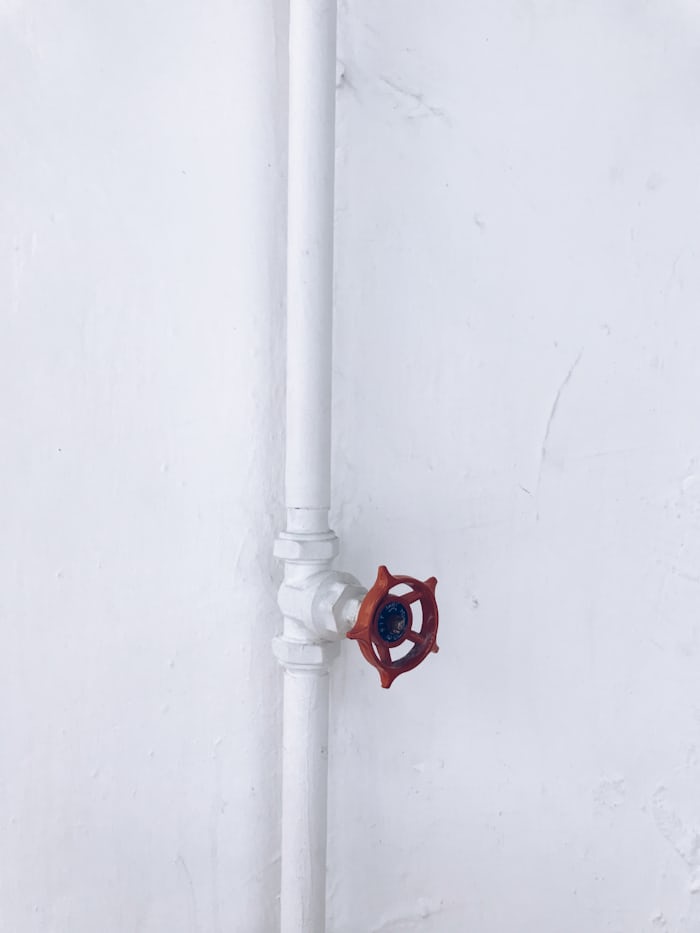



:max_bytes(150000):strip_icc()/sink-pipe-under-wash-basin-119001607-6f28aec4c66944efb7a9a38cb622ab8b.jpg)


















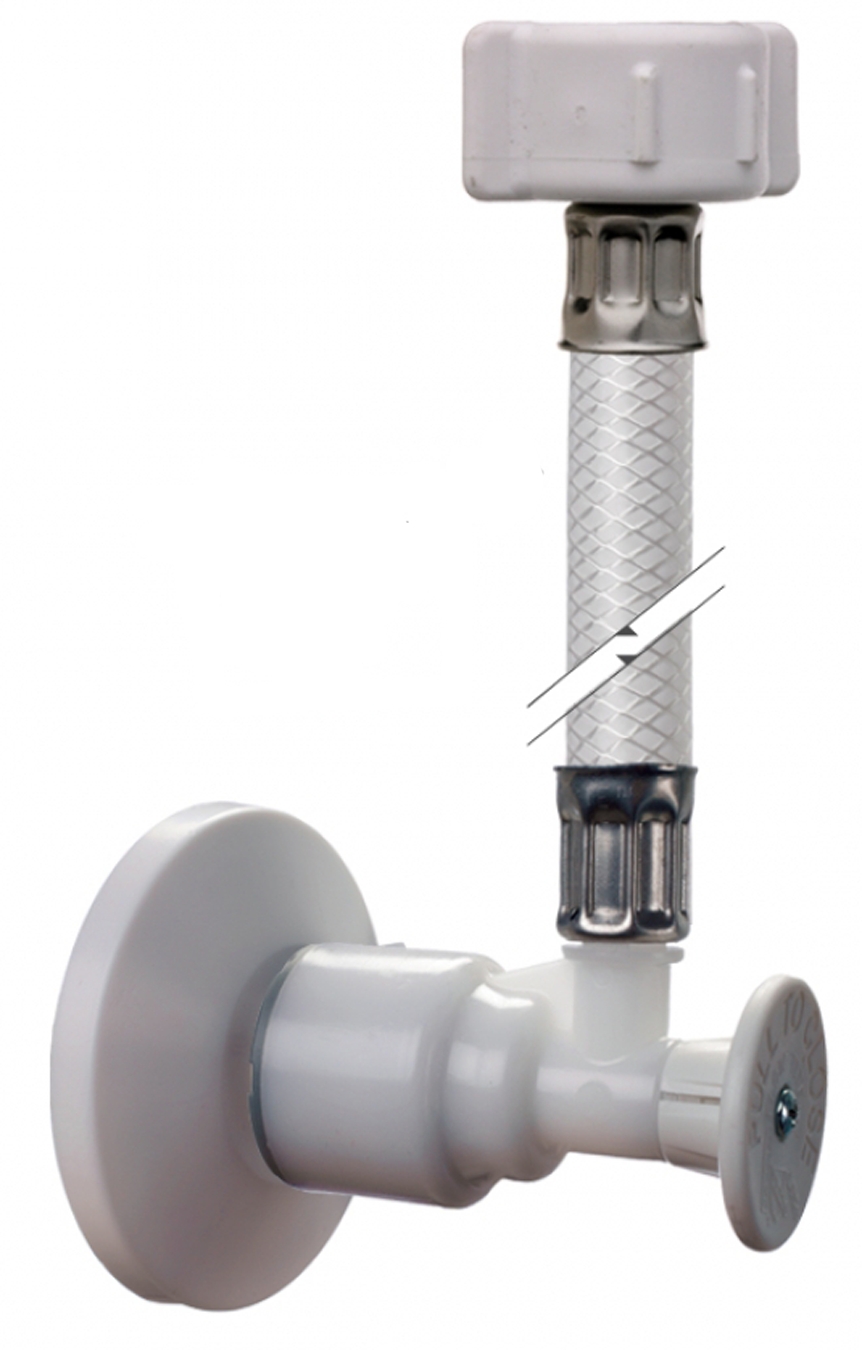

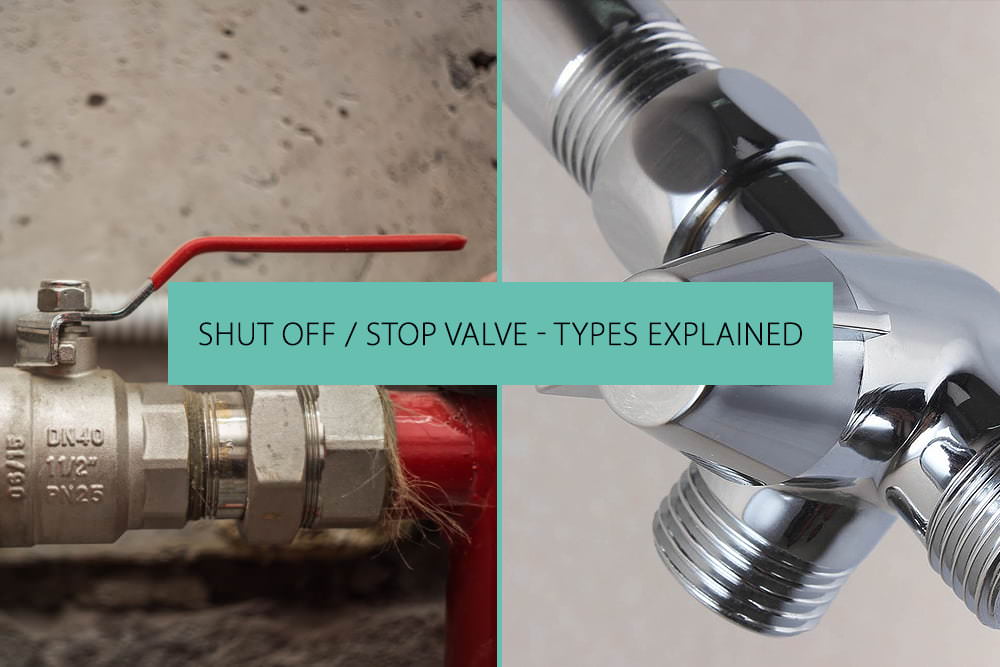


:max_bytes(150000):strip_icc()/water-shut-off-valve-types-2718739-01-b1e2d725b53447a2abc9ac511f7e5da7.jpg)







